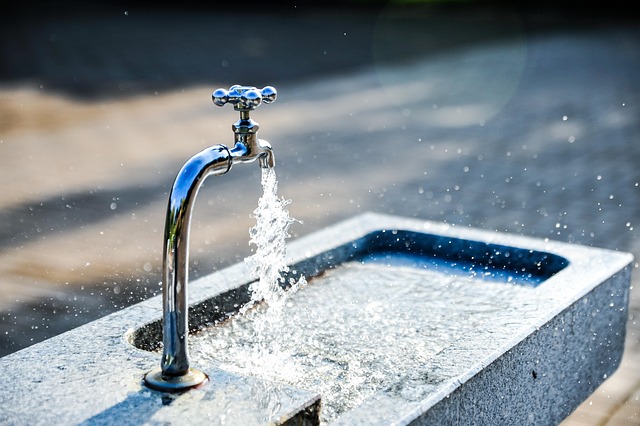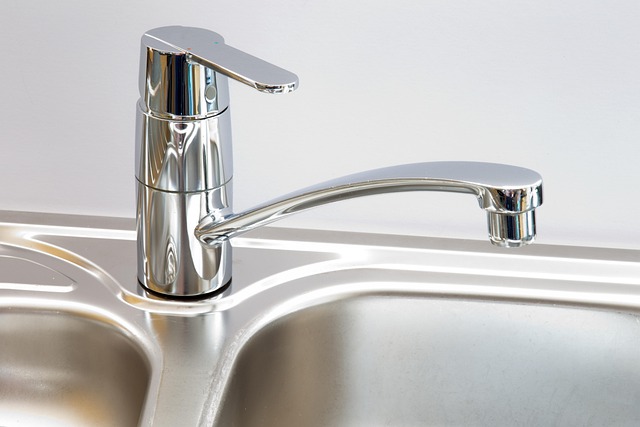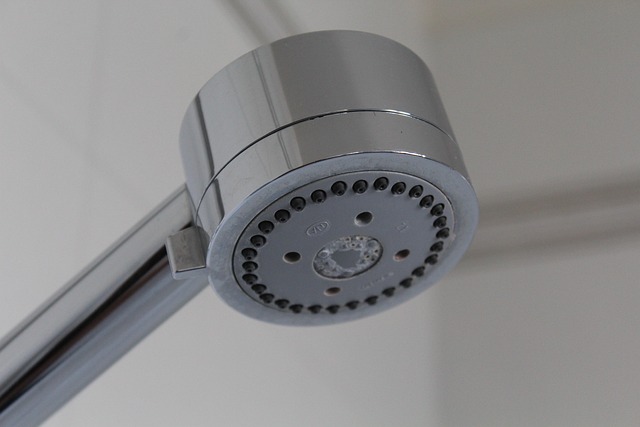When faced with a leaky faucet, observe its pattern and location, then check common culprits like the handle, cartridge, or O-ring. For minor leaks, DIY methods might suffice; for complex issues, call a plumber. Proper diagnosis ensures long-term solutions, making it crucial to address leaks effectively by understanding components like washer, O-ring, valve seat, cartridge, and ceramic disk. Learning how to fix these issues saves money and time.
Tired of that persistent drip-drip-drip? You might wonder: DIY or call a plumber? This guide, “How to Fix a Leaky Faucet,” equips you with knowledge to assess and tackle minor leaks yourself. From identifying the leak type to gathering tools and replacing parts, we break down simple repairs step-by-step.
Yet, recognize when a leaky faucet signals a more complex issue requiring professional help. We’ll guide you through red flags, safety measures, and when calling a plumber is your best bet for effective, lasting solutions.
- Assessing the Leaky Faucet
- – Identifying the type of leak (dripping, seeping, etc.)
- – Locating the faucet's components and understanding their functions
Assessing the Leaky Faucet

When faced with a leaky faucet, the first step is to assess the issue. Start by observing the leak’s pattern and location. Is it a steady drip or an intermittent spray? The source could be the faucet handle, cartridge, or O-ring—common culprits in most cases of leaky faucets. Inspecting these components can help you understand the severity of the problem.
If the leak is minor, containing water within the sink basin, and the noise is manageable, DIY methods to fix a leaky faucet might be worth exploring. However, if water is gushing out or the leak is persistent despite simple adjustments, calling a plumber is advisable. They have the expertise to diagnose and repair complex issues, ensuring long-term solutions.
– Identifying the type of leak (dripping, seeping, etc.)

When faced with a leaky faucet, the first step in learning how to fix it is identifying the type of leak. Is it a slow drip or a steady seep? Understanding the specific nature of the leak can guide your approach and tools needed for repair. A dripping faucet often indicates a minor issue with the washer or O-ring inside the faucet. In contrast, a seeping leak could point to a more complex problem with the cartridges or valves.
For DIYers, identifying these issues is crucial as it determines whether the fix can be done at home or requires calling in a professional plumber. With the right knowledge and tools, many minor leaks can be easily fixed by replacing parts or tightening connections. However, if the leak persists or seems complex, it’s best to consult an expert to avoid further damage or unnecessary hassle.
– Locating the faucet's components and understanding their functions

When faced with a leaky faucet, understanding its components is key to effective troubleshooting. The faucet typically comprises several parts: the handle, valve seat, washer, and O-ring (or gasket). The handle, what you turn to control water flow, connects to the valve stem which, in turn, operates the cartridge or ceramic disk that regulates water flow and temperature. Over time, wear and tear can lead to leaks at these connections.
The washer and O-ring are vital seals designed to prevent water from escaping. A worn or damaged washer or O-ring allows water to leak out, especially when the faucet is turned on and off frequently. By identifying which part of the faucet is compromised, you can choose whether to replace it yourself (for simple repairs) or call a plumber (for complex issues). Learning how to fix a leaky faucet is an invaluable skill that could save you money and time in the long run.
When faced with a leaky faucet, DIY enthusiasts might be tempted to tackle it head-on. However, for more complex issues, calling a professional plumber is often the best course of action. Understanding the type of leak and the faucet’s components is key to making an informed decision. If the problem seems manageable, following step-by-step guides on how to fix a leaky faucet can help you restore your fixture’s functionality. Otherwise, a plumber can provide expert solutions, ensuring your faucet is repaired efficiently and effectively.
